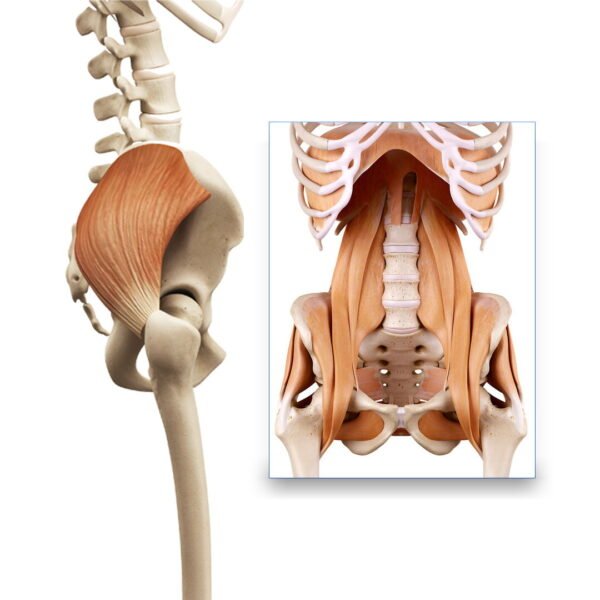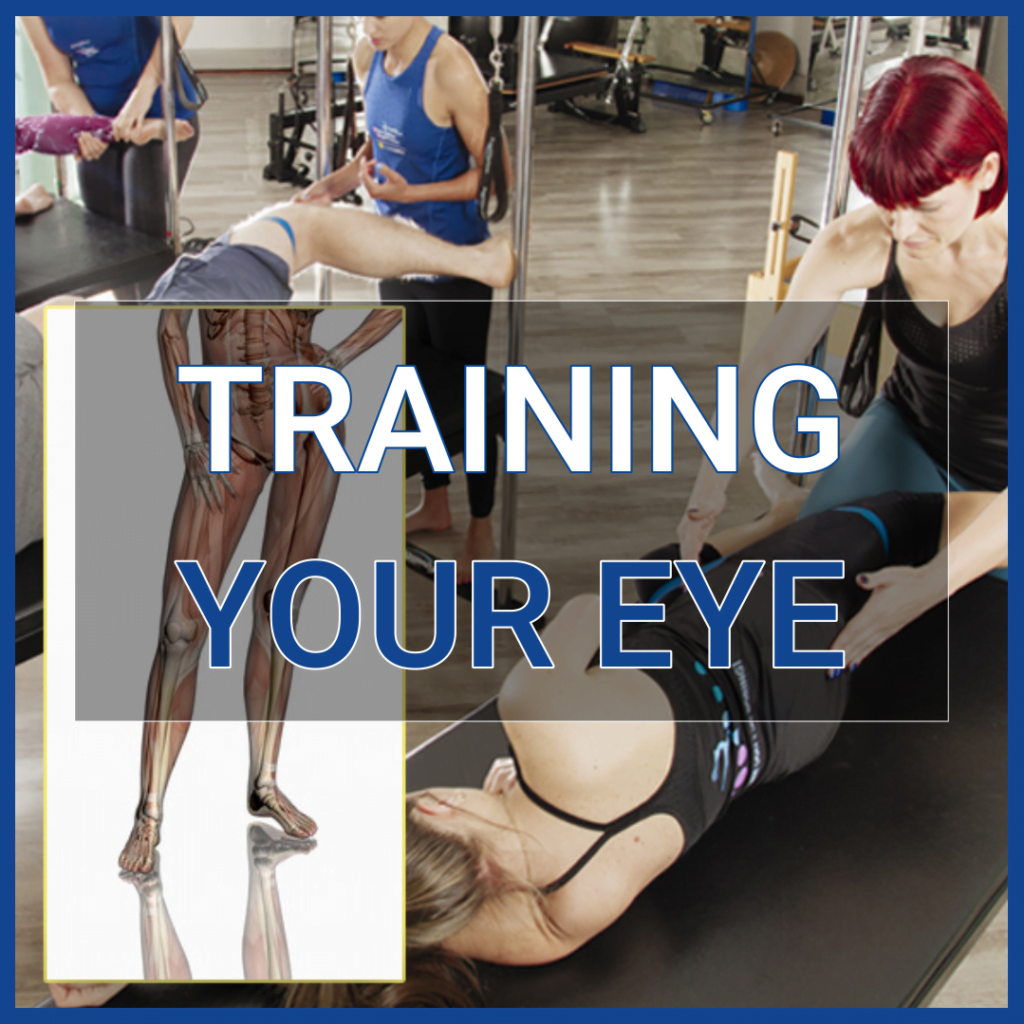Understanding the Importance of Hip Stability
Before we dive into the protocol, let’s first understand the significance of hip stability in our daily lives. The hip joint plays a crucial role in maintaining balance, supporting body weight, and facilitating movement. When the hip lacks stability, it can lead to an array of issues, including pain, compensations, and limited range of motion.
Factors that Contribute to Effective Hip Stability
To ensure effective hip stability, it is essential to consider various factors. These factors include the functional anatomy and biomechanics of the hip, the interplay between the hip flexors and abdominals, and how pelvic tilts impact hip training on a client-specific level.
Exploring the Science of Hip Dissociation and Coordination
Hip dissociation refers to the ability to move the hip joint independently of other joints, such as the spine or knee. By understanding the biomechanics and science behind hip dissociation and hip flexor-abdominal coordination, you can design exercises that target the specific needs of your clients.
Tailoring the Protocol for Individual Needs
Every client is unique, and their hip stability needs may vary. This protocol equips you with the necessary knowledge and tools to assess and address the specific needs of your clients. By considering their current hip state, pathology, and structural deviations, you can design a tailored hip stability program that ensures optimal results.
Developing the Mind-Body Connection
A crucial aspect of effective hip stability training is establishing a strong mind-body connection. By incorporating exercises that encourage client education and focus on achieving effective hip dissociation, you can help your clients develop a deeper understanding of their body and enhance their overall hip stability.
The Comprehensive Hip Mobility Program
As you progress through the protocol, you will be introduced to a comprehensive hip mobility program. This program is designed to improve flexibility, range of motion, and joint health, all while ensuring proper hip stability. The program takes you from basic exercises to advanced training, allowing you to meet each client’s unique needs and goals.
Creating Case-Specific Programs
To further enhance your understanding of hip stability, this protocol provides guidance on creating three different hip programs for three distinct case studies. By working through these scenarios, you will gain valuable insights into the nuances of designing programs for various individuals, including those with specific challenges or limitations.
Tips for Optimal Training Sessions
During each training session, there are essential factors to remember to ensure you maximize the effectiveness of the exercises. These tips include performing movements with precision, avoiding compensations, and achieving optimal relaxation. By following these guidelines, your clients will experience a more productive and rewarding training session.
The Impact of the Hip Stability Protocol
Implementing this effective hip stability protocol can have significant benefits for individuals undergoing rehabilitation or seeking improved functional movement. By focusing on strengthening, stabilizing, and mobilizing the hips, you will empower your clients to overcome limitations, reduce pain, and enhance their overall quality of life.
Conclusion
The hip stability protocol presented here offers a step-by-step program to help clients achieve strong, functional, and mobile hips. By understanding the various components that contribute to effective hip stability and tailoring programs to individual needs, you can guide your clients towards pain-free movement and optimal hip health. Embrace this protocol and witness the transformational impact it can have on your clients’ lives.
For quick tips and inspiration, follow us on Instagram for regular bite-sized chunks of information
show less





